How the Co-operative movement changed the way we petition

From the early 1900s, citizens and campaigners began to experiment with new ways of petitioning.
For example, petitioners increasingly directed their appeals to the prime minister. This was partly due to the prospect of media-friendly photo opportunities outside No. 10 Downing Street.
The Co-operative movement
The Co-operative movement had a mighty presence in the 1920s and 1930s, as its leading historian Peter Gurney has emphasised.
The ‘Co-op’ had 6.5 million members, comprised 1,200 local societies, 12,000 shops, as well as other enterprises.
Its size and success prompted a campaign led by the Daily Mail and Daily Express on behalf of private traders, who they claimed were suffering from the unfair competition of the Co-op.
As a result of this pressure, Neville Chamberlain, the Chancellor of the Exchequer in the Conservative-dominated National Government, set up a committee in 1932 to investigate whether the Co-operative should lose its exemption from having to pay income tax. The Co-operative was made up of mutual societies who did not make profits so it was exempt at this time.
The Committee recommended removing the exemption so that any surplus revenue would be treated as profit and taxed. Members’ dividends would remain exempt from the tax as they were deemed a trade expense.
Chamberlain then included this proposal in his budget. In response, the Co-op movement launched a mass campaign to oppose the measure.
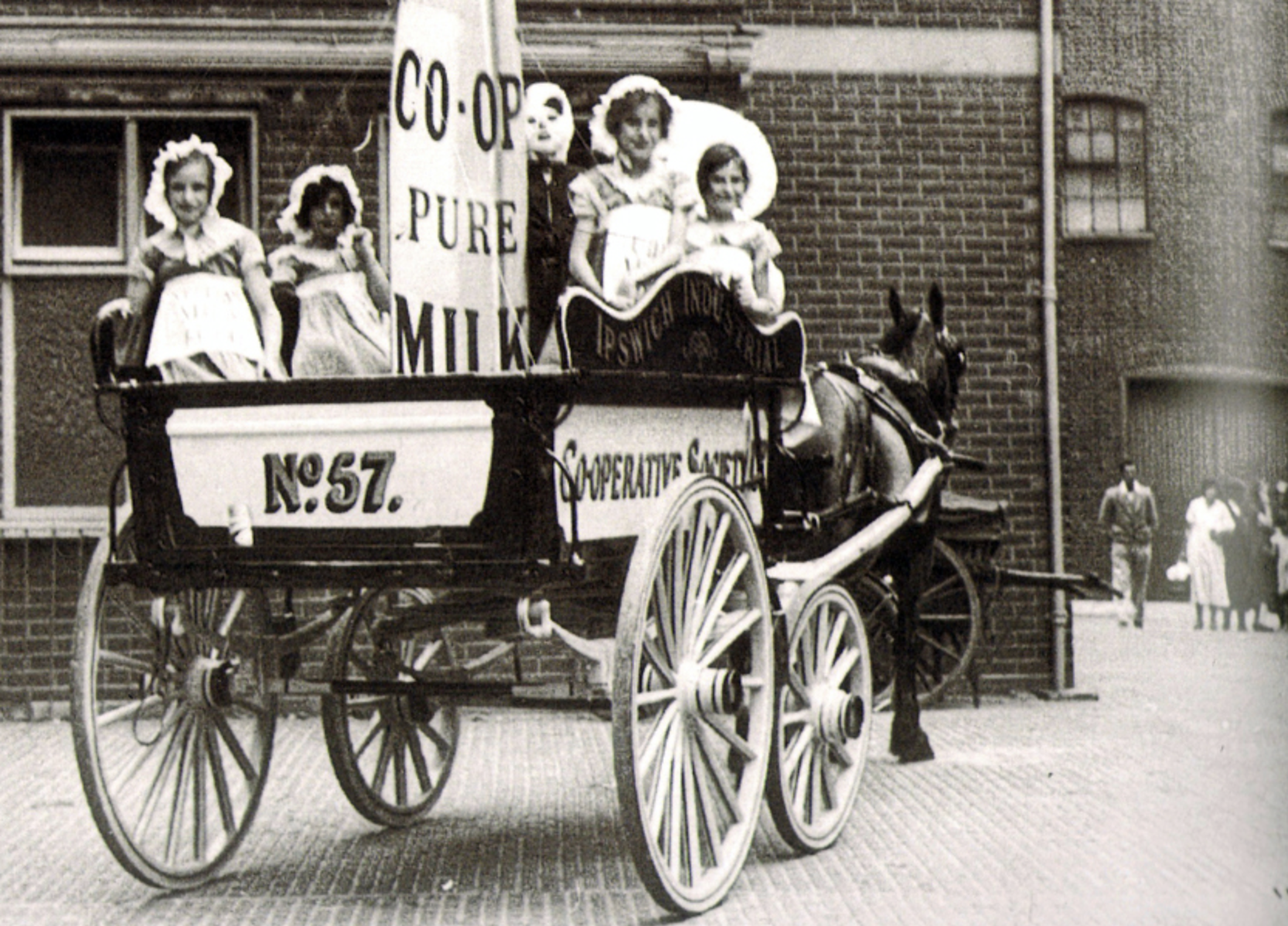
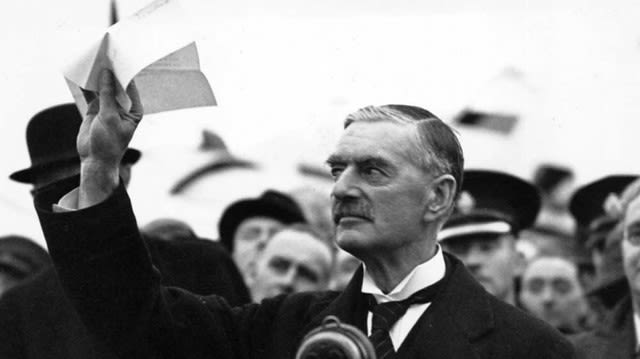
Campaigners descend on Parliament
On 4 April 1933, MPs leaving the Chamber were greeted by an extraordinary sight: the central lobby between the House of Commons and House of Lords chambers was packed with nearly 1,000 Co-operative members.
The Co-operators had entered central lobby in twos and threes, each carrying a petition, which in total contained some 1 million signatures.
To achieve this, they had broken up a single large petition into its component parts based on locality.
This was ‘mass lobbying’ as the Manchester Guardian called it, or ‘mass picketing’ in the words of The Scotsman.
‘Most of them carried attaché cases or handbags’ and ‘were exercising the privilege’ of approaching their local MP. The ‘babel of introductions and countless conversations’ was likened to a scene at the stock exchange, according to the Daily Telegraph.
In the following days, Labour MPs presented the petitions formally in the chamber.
Will Thorne presented a huge petition from the London Co-operative Society that came in 12 bundles.
When asked by the Speaker to place the petition on the table at the centre of the House of Commons Chamber, Thorne joked, ‘I have performed many tasks in this House but I cannot do that’.
Another petition from Liverpool was signed by over 50,000. By the end of the session, petitions containing over 3.3 million signatures had been presented against the measure to remove the Co-operative's income tax exemption.
Ultimately, the National Government’s huge parliamentary majority meant that the clause was passed despite the opposition of Co-operators. However, their protests may have discouraged any future Government plans to tax Co-operative members’ dividends, demonstrating how petitioning could, and still does, effect change even when the main goal of the petition is not achieved.
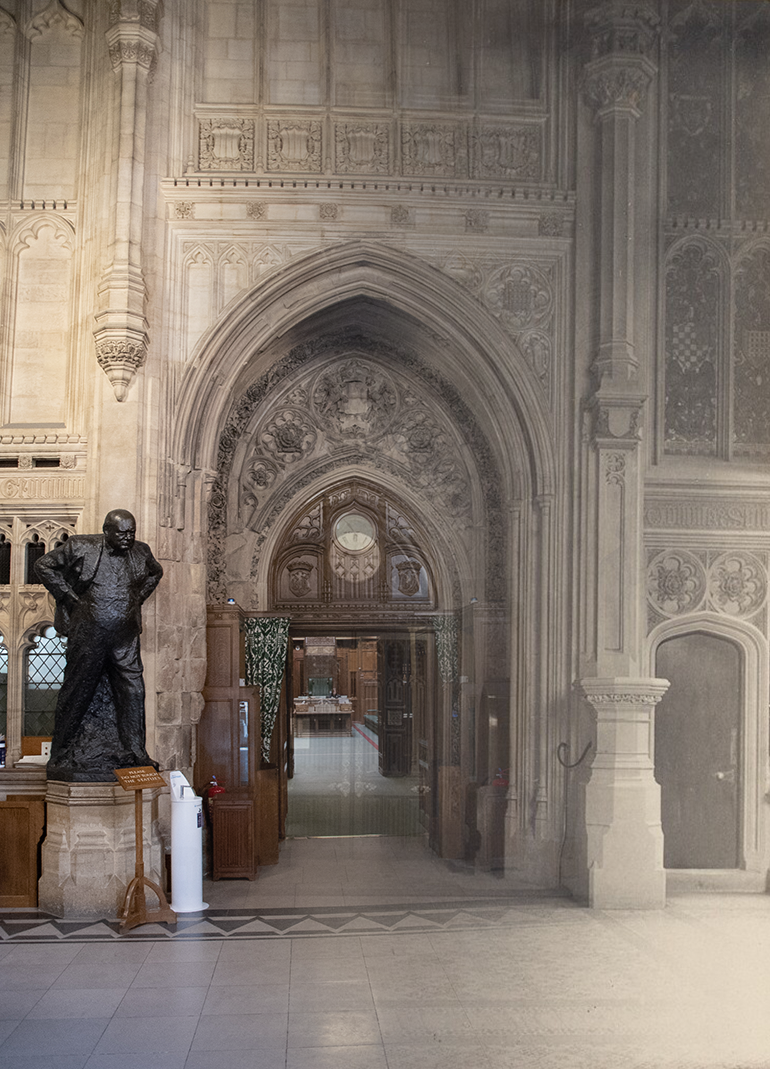
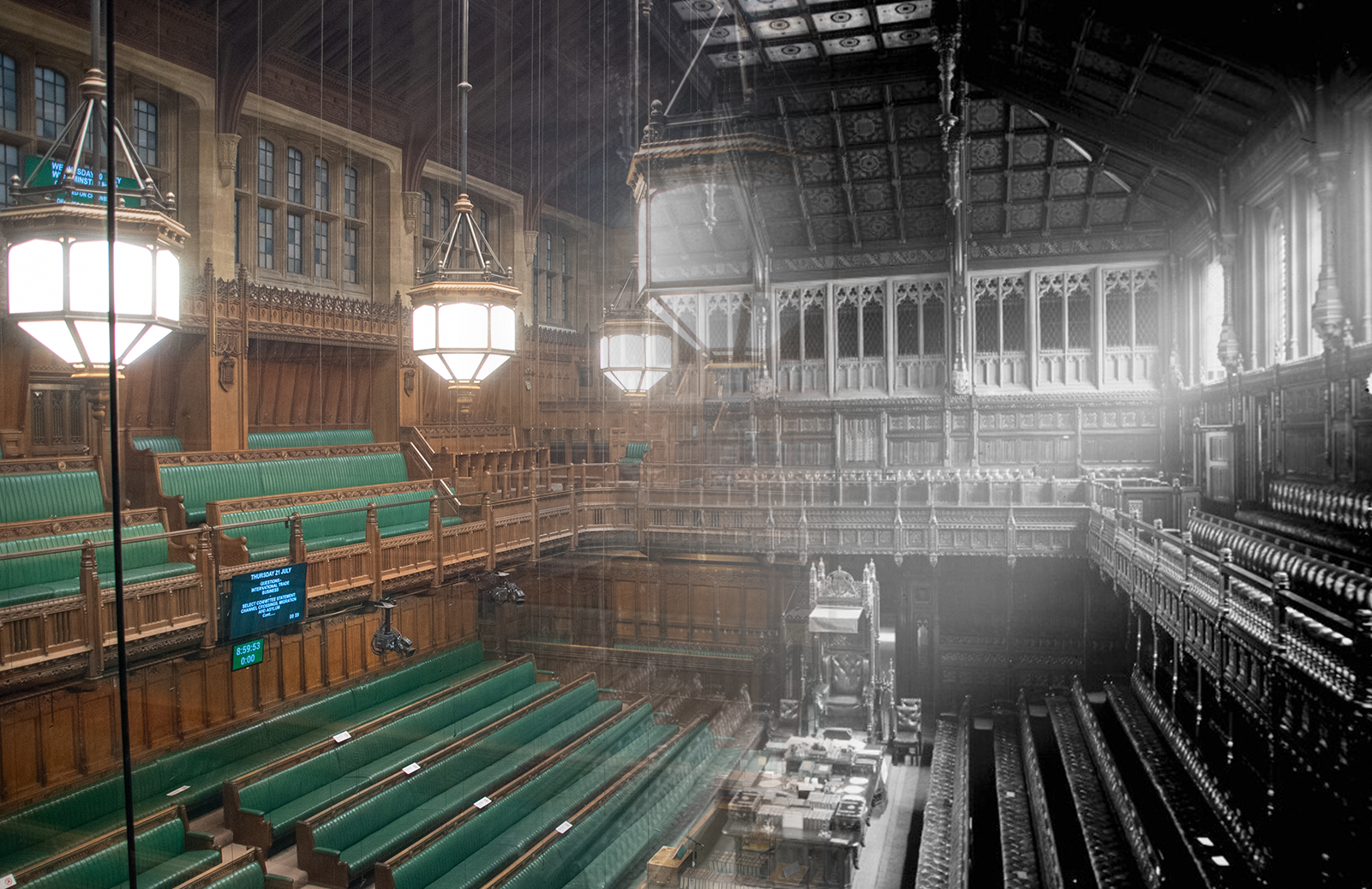
Petitioning evolves
Although unsuccessful, the Co-operative petitions are a good example of some of the 20th century developments in petitioning.
The Co-operative movement used petitions to create new ways of interacting with MPs and Parliament in a democratic age.
The story also highlights the importance of membership organisations as petitioners (another active organiser of petitions in the Interwar period was the Automobile Association, for instance).
While providing a novel and unique case, the Co-operative petitions reflected some important shifts in petitioning in the 20th century to a more overt, demonstrative form of campaigning we still see today.
Petitioning goes digital
In the 21st century, most petitions are started and shared online. Petitions on Parliament’s petitions website have received over 105 million signatures since the site was created in 2015, providing millions of people with the opportunity to share their concerns with MPs, and press for change.
However, hand-written or typed out and hand-signed petitions known as public petitions can still be presented to Parliament by your MP. These are presented in the House of Commons Chamber at the end of the day, before the Adjournment debate. Find out more about public petitions.
Campaigners can still organise a ‘mass lobby’ to meet MPs and members of the House of Lords in Parliament to this day. Find out how to organise a mass lobby.
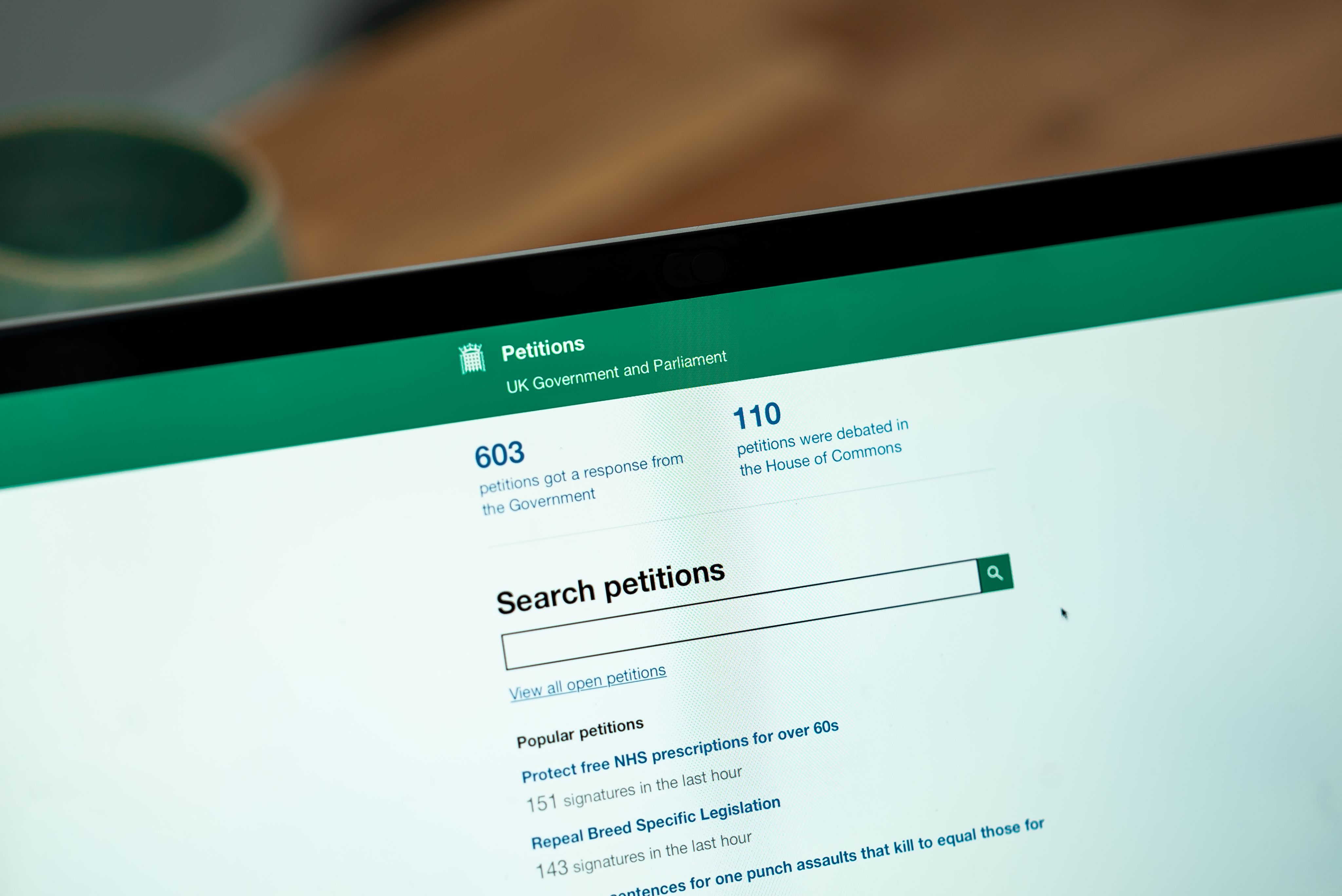
About the Author
This story is based on a piece written by Dr. Henry Miller, Associate Professor (Research) in the Department of History, Durham University.
Dr Miller’s piece is informed by research conducted for the Petitioning and People Power in Twentieth-Century Britain project, funded (grant number AH/T003847/1) by the Arts and Humanities Research Council (AHRC) and the Economic and Social Research Council (ESRC), which are both part of UK Research and Innovation (UKRI).
